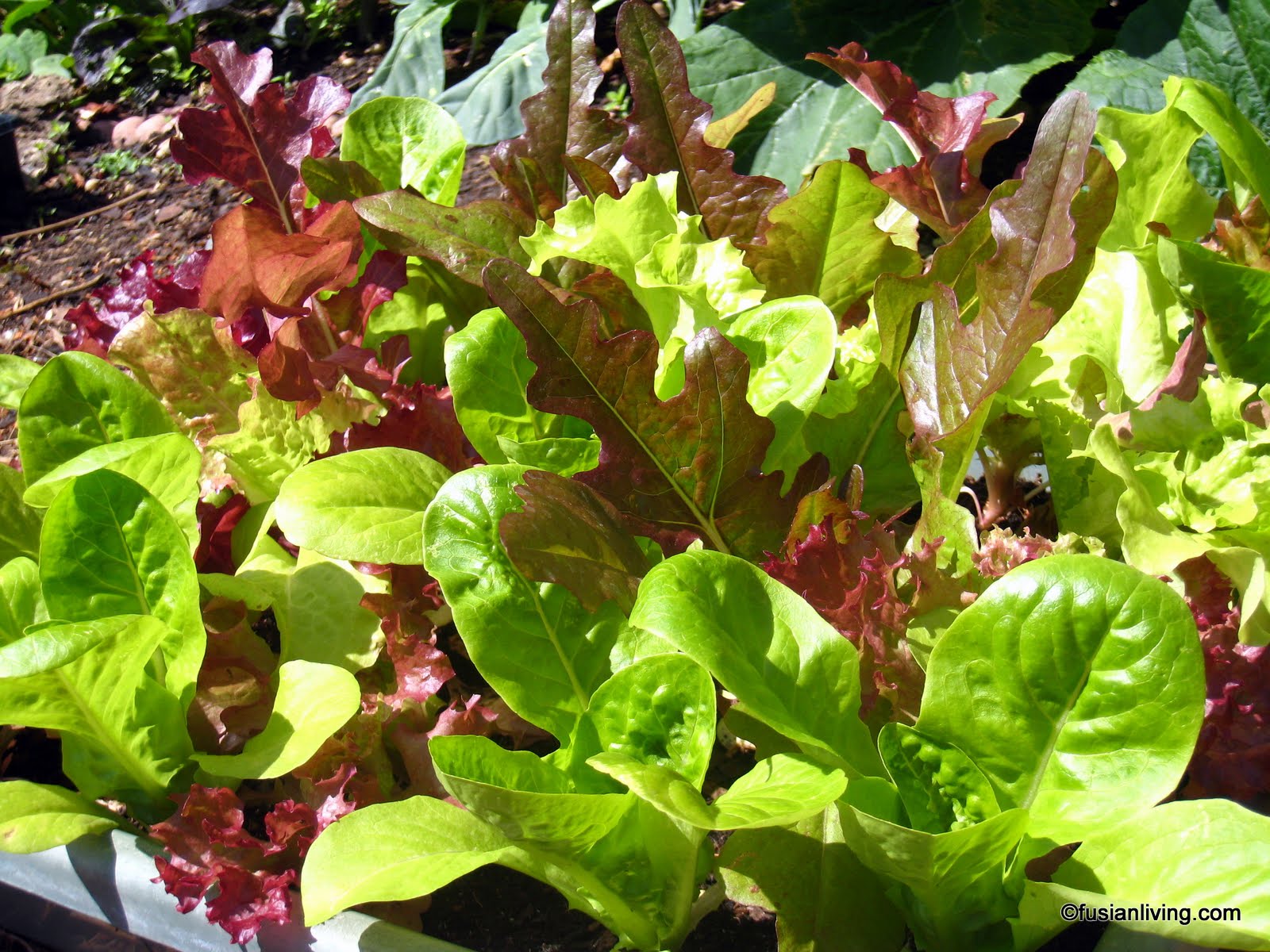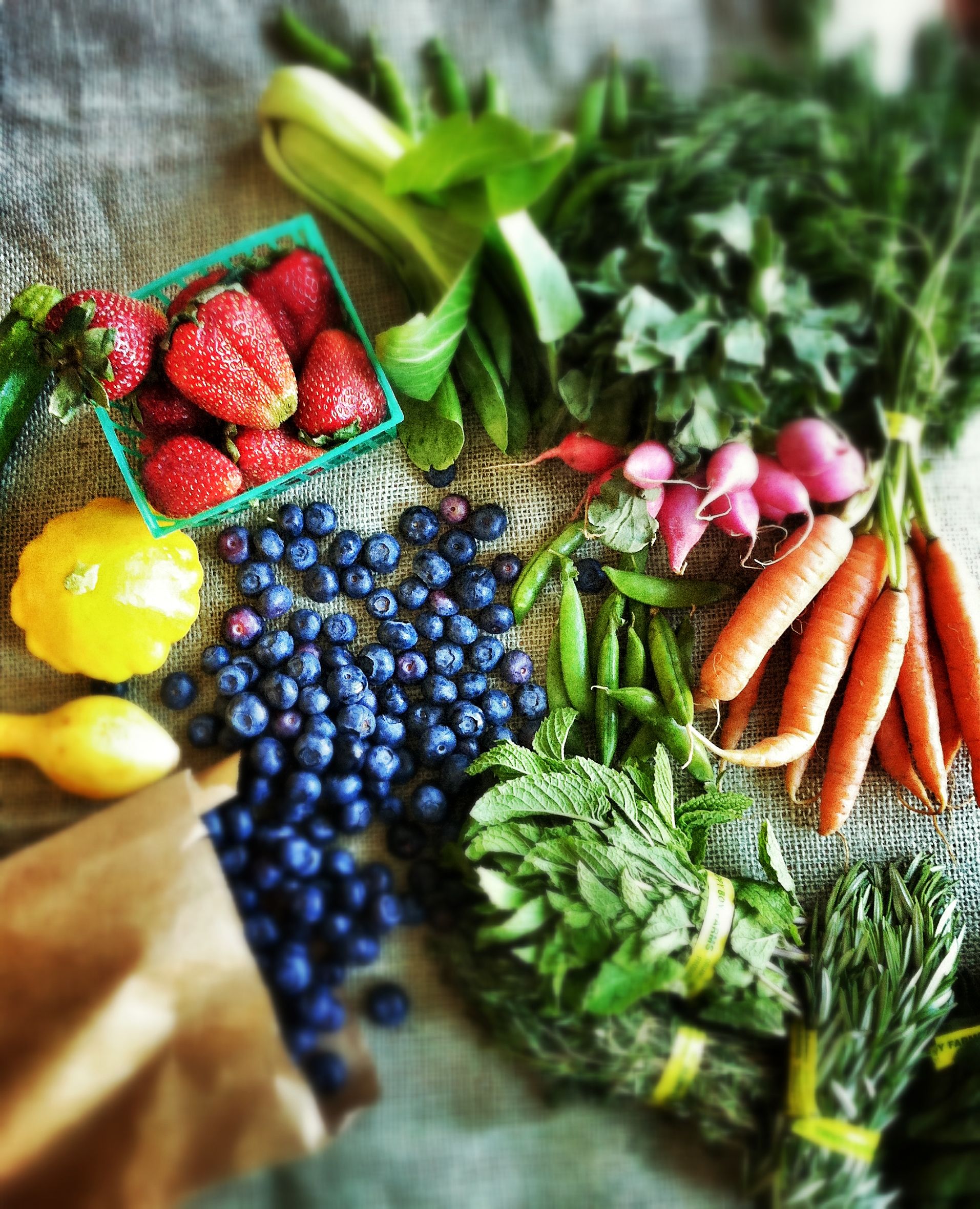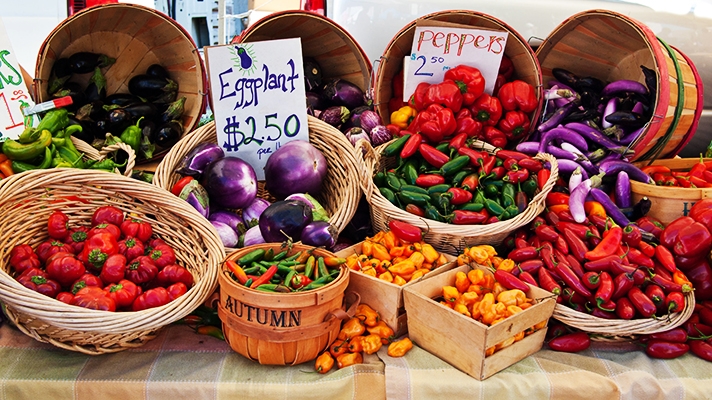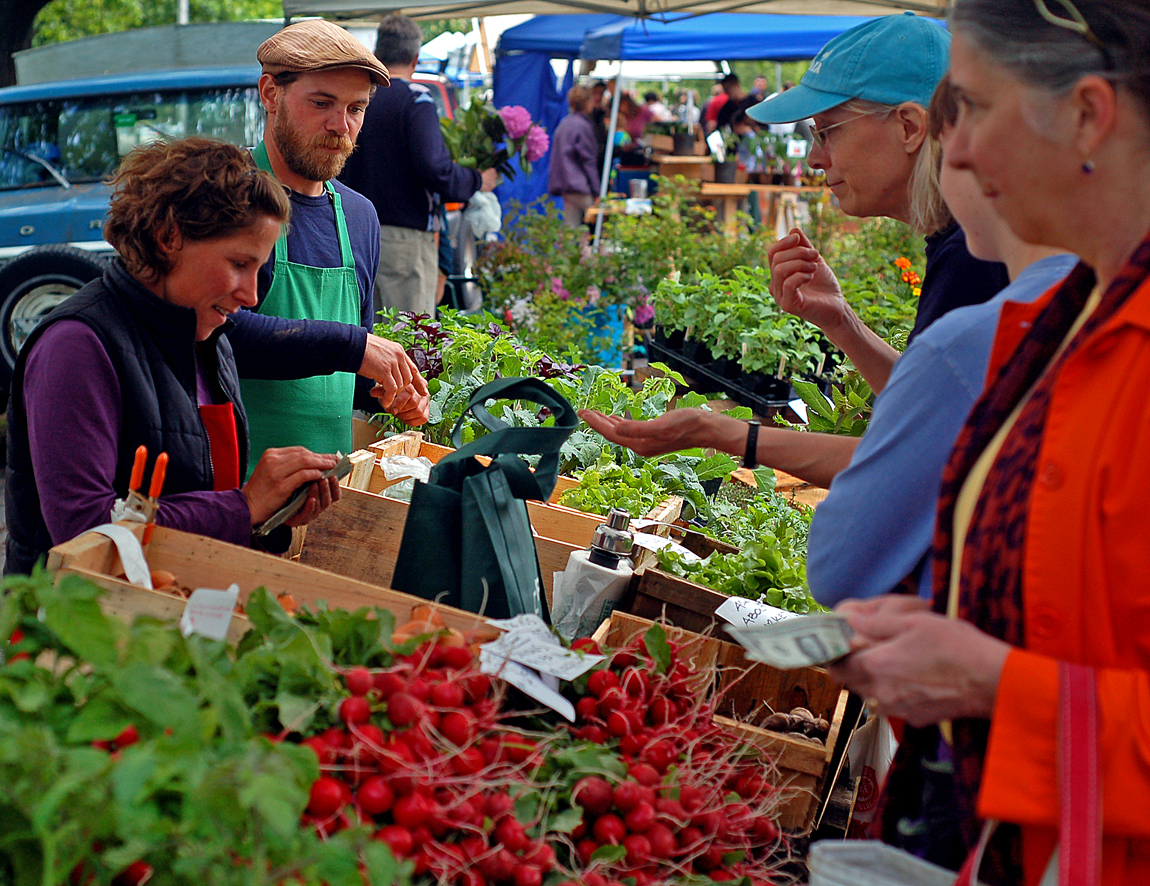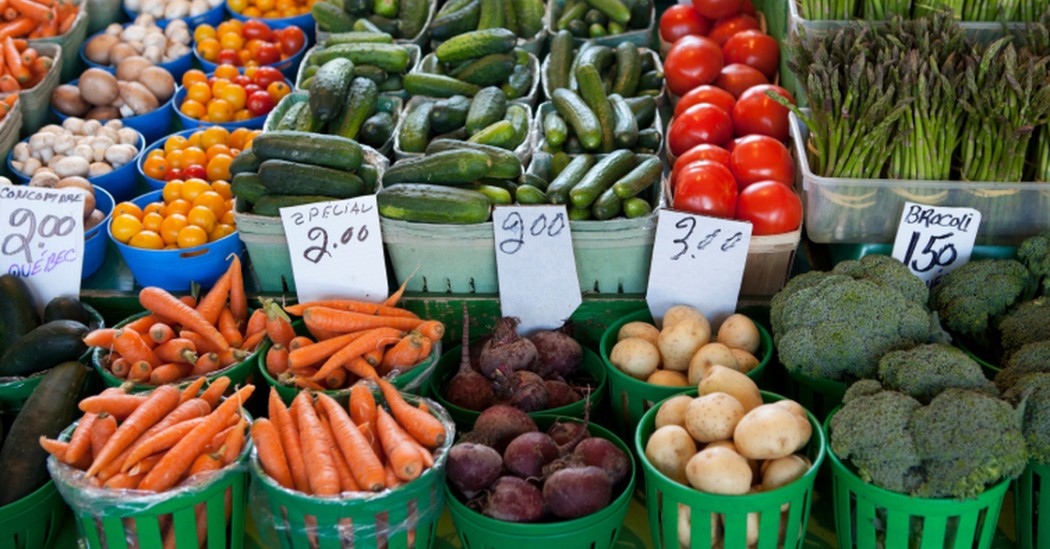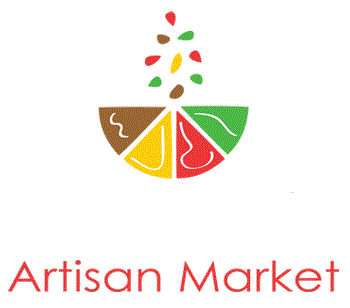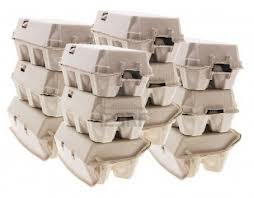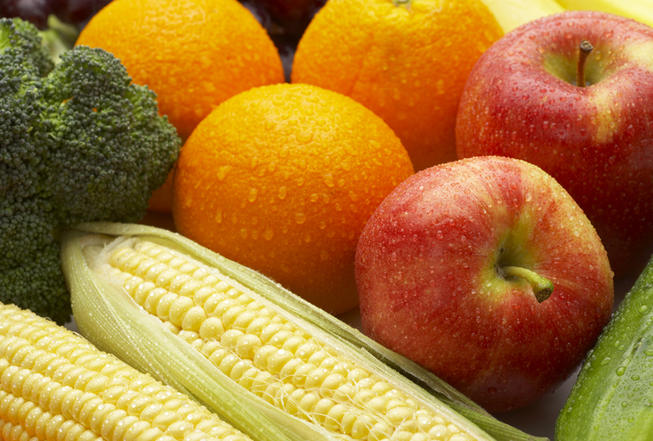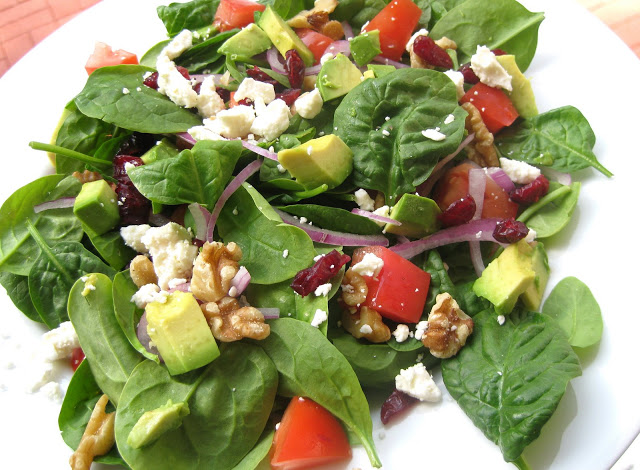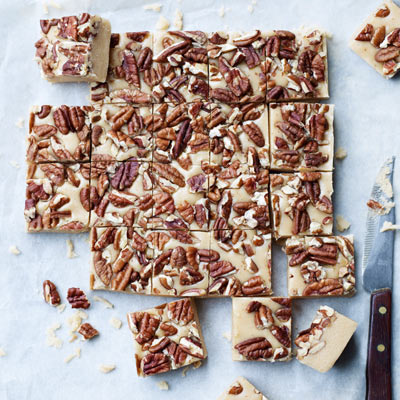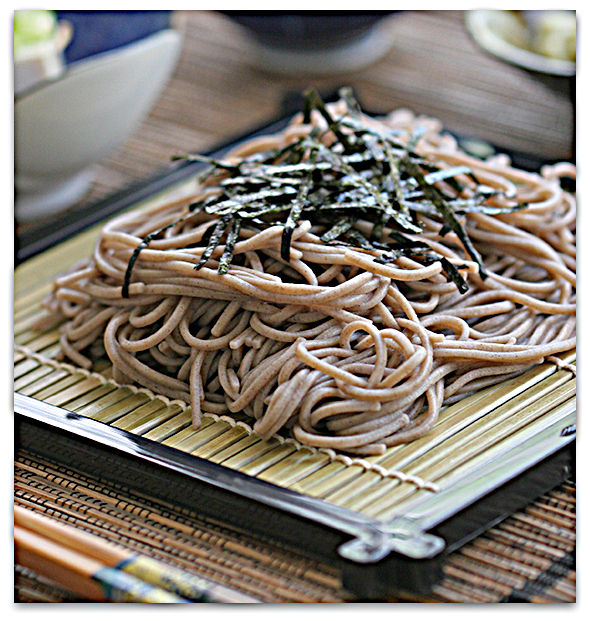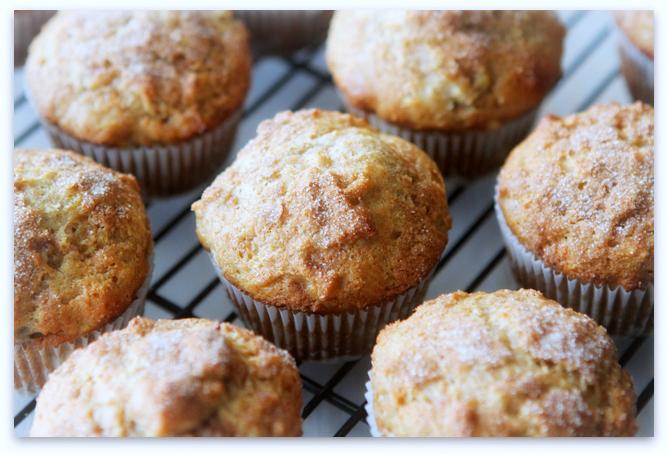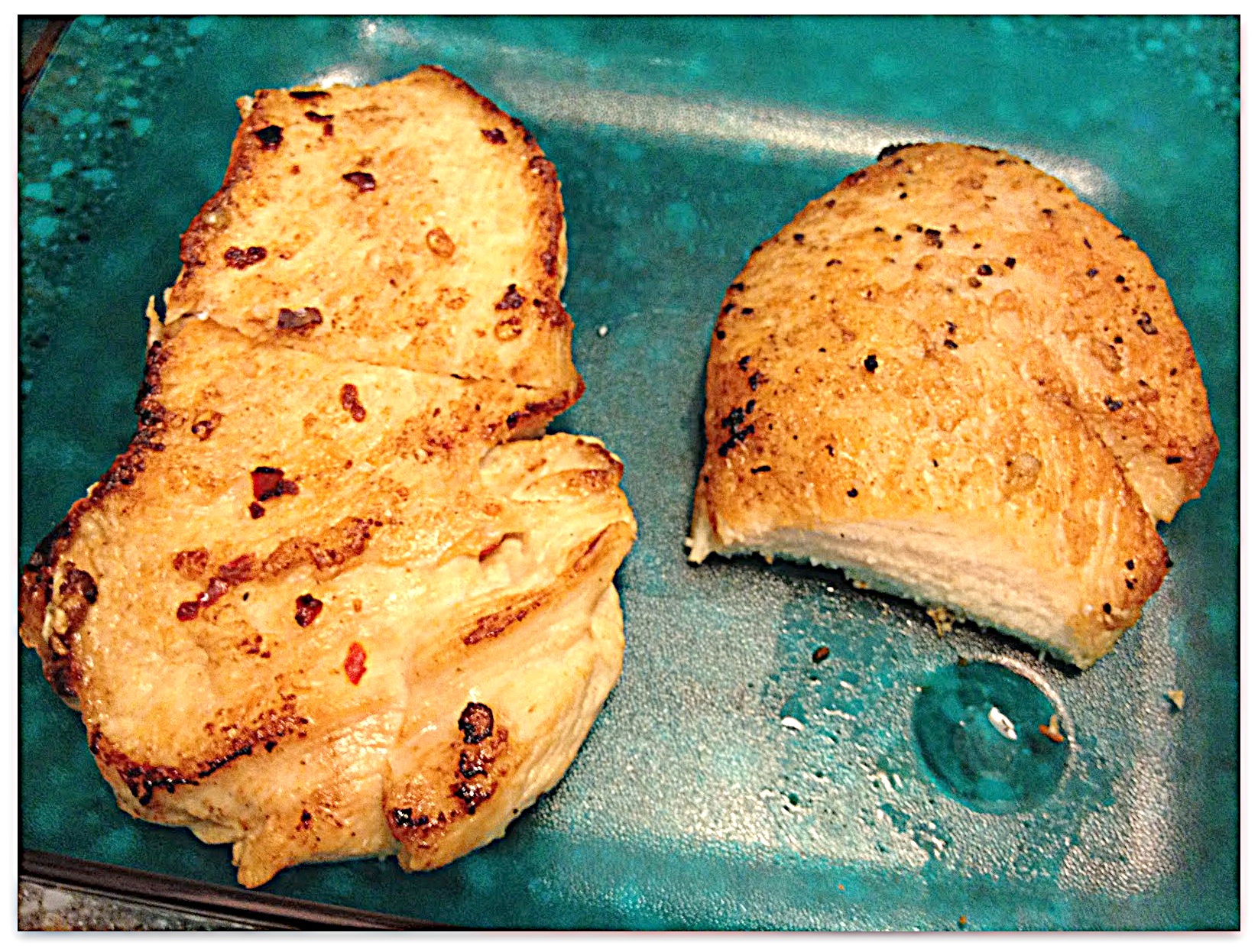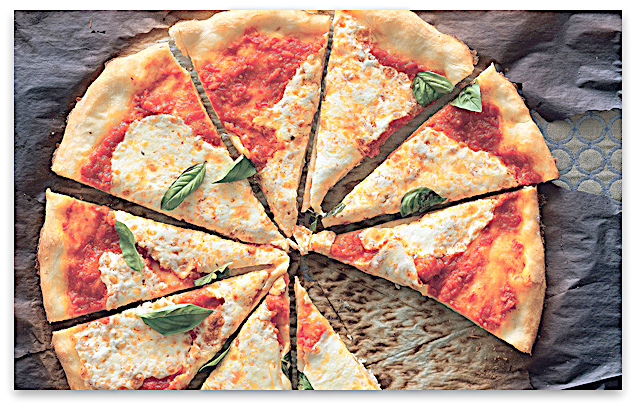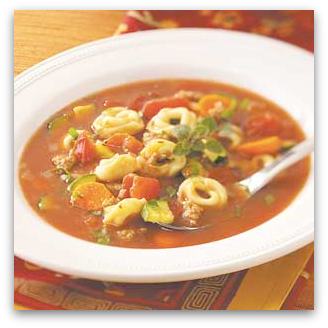All produce is not created equal. Here’s how to buy the healthiest of the bunch.
Keep the leaves! They’re even better for you than the beets themselves.
Farmers’ markets are overflowing. You’re polishing off berries by the carton and enjoying tomatoes out of hand. In other words, you’re probably already eating healthfully this time of year. But you can do better. Much better. If you know how to shop smartly, you can reap even more benefits from that tote bag full of fruits and vegetables. That’s because not all produce is equally nutritious: For example, some varieties of tomatoes have nearly 20 times more cancer-preventing lycopene than others.
Assertive greens such as arugula and dandelion are extra nutritious.
I learned what to look for at farmers’ markets and supermarkets, from general guidelines–the fresher and more colorful the produce, the healthier it usually is–to the specific varieties that will majorly boost your nutrient intake. Much of what I learned surprised me; I think it will surprise you, too. Here are some game-changing buying tips for eight fruits and vegetables you’ll find at the market right now.
Carrots
“Baby” carrots’ shape comes from whittling away the outer layers, which are the most nutritious part. Instead, look for full-size carrots with their tops still attached. Unlike most produce, they’re healthier when cooked. So go beyond crudités; you’ll absorb three times more beta-carotene.
Kale
One serving of the ultra-healthy brassica has more calcium than six ounces of milk and more fibre than three slices of whole wheat bread. Seek out red-leafed varieties (such as Red Russian), which have a bit of an antioxidant edge. And in case the ubiquitous kale salads haven’t convinced you to serve it raw, perhaps this will: Raw kale has more vitamin C, antioxidants, and phyto-nutrients than cooked.
Cherries
Easy to shop for by variety, even at the super-market. Go for Bing cherries, one of the healthiest due to anthocyanins, which may fight inflammation. Look at the stems, a better indicator of freshness than the cherries. You want bright-green, flexible stems.
Watermelon
Watermelon’s vibrant red flesh is visible proof that it’s packed with lycopene. Buying them halved or quartered ensures you’re getting the darkest red. (They’re often cut in the store, not in a processing plant, like cubed melon, so there’s little loss of freshness.) If you do buy a whole one, leave it on your counter for a few days; it’s one of the rare foods that gets healthier as it sits.
Beets
Choose dark-red beets for their large stock of cancer-fighting compounds known as betalains. Shop for those with the greens attached. They’re actually more nutritious than the roots (and are delicious simply sautéed).
Peaches
remember that rule about choosing the brightest, most colourful produce? Ignore it when it comes to peaches: White-fleshed peaches have up to six times more antioxidants than yellow-fleshed varieties.
Tomatoes
Generally, the smaller and darker the tomato, the more cancer-fighting lycopene it has. Which doesn’t mean you have to give up those Green Zebras; just work in more grape and cherry tomatoes. Ounce per ounce, some of the small guys have 18 times more lycopene than a beefsteak.
Lettuce
The most nutritious “greens” are in fact red, purple, and brown. These dark hues are clues that the lettuce is rich in anthocyanins, among the most beneficial anti-oxidants. Another sign of good-for-you greens: a loose arrangement of leaves. Why? Direct sunlight prompts leaves to produce a botanical sunscreen, which in turn boosts their nutrient content. Among nonlettuce salad greens, strong flavors, like the spiciness ofarugula and the bitterness of radicchio, endive, and mature spinach, indicate high nutritional content.
From hot summer days through those cool early fall months, farmers markets are in full swing, yielding a bounty of beautiful, fresh, local produce. Visiting a farmers market is a lovely weekend outing, but there are many other reasons to bypass the market for your weekly fresh fruits and vegetables.
While grocery stores boast convenience, the absence of seasons (strawberries and tomatoes are available in the heart of winter and imported bananas sit on shelves year round) and rock bottom prices, why would anyone shop at a farmers market? Here are a few reasons.
1. Enjoy Better Tasting Food. First and foremost, the produce is unbeatably fresh. Forget buying veggies that sat in a refrigerated truck for three days to make their way across the country. No longer will you bring home fruit that traveled across an ocean to reach your kitchen. Typically, produce at the farmers market was harvested at the last possible moment, at peak ripeness. The flavors, textures and colors are noticeably better compared with most supermarket produce.
2. Get More Nutrition for Your Money.
Generally speaking, produce that is fresh and local is nutritionally superior to the fruits and veggies in many grocery stores. Many factors affect the nutrient quality of these foods, such as when the crop was harvested, how it was grown, how it was handled and processed, and how long it’s been sitting on the supermarket shelf. All of these factors can decrease nutrient quality. Farm-fresh food goes through fewer nutrient-diminishing steps and gets from the earth to your table sooner. This means it is probably richer in antioxidants, vitamins and minerals (thanks to less transport, processing and storage time).
3. Meet Your Farmer. When you’re at the market, you can pick up some produce—and pick the farmers’ brains, too! The same people who grow the food are usually present to sell their crops at the market, and they have a wealth of knowledge to share. They can tell you how it was grown, how much longer it will be available this season, how to grow the same fruits or vegetables in your garden, and how to store and prepare the food that you buy. All you have to do is ask. You can’t afford not to take advantage of one-on-one contact with local farmers.
4. Support local business. When you shop at the farmers market, you’re keeping money in your own community, which helps create (and preserve) jobs and makes your hometown more economically stable. Your money goes directly to the farmer—not a middleman—so he can earn a better living. When buying at a grocery store, produce comes from commercial growers all over the country (and overseas). These growers earn about 25 cents of each dollar you spend. Put more of your money into your local farmers’ pockets (and in turn, into your local economy) by purchasing fruits and veggies from the market, where farmers keep 95% of what you spend after paying “rent” for their market booth.
5.Eat more vegetables (and fruits). The best reason to visit farmers markets is to continue to raise your awareness of the health of eating fresh fruits and vegetables each day. Studies show that people need about nine daily servings of fruits and vegetables for cancer prevention–far more than the five-a-day often promoted. The more fruit and vegetables are available and accessible, the more everyone in the neighborhood will eat them. Farmers markets and local food are growing trends, and thankfully so! It’s hard to think of a healthier craze, and this is one that’s likely here to stay.
6. Explore artisan, homemade and handmade products. You might not know that farmers markets usually sell a variety of items in addition to produce. At large and small markets alike, you just may find vendors who sell fresh-cut flowers, seedlings and plants, herbs, handmade soaps, jams and jellies, honey, eggs, meat, cheese and milk, baked goods (muffins, cookies, bread and more), canned salsa and tomato sauces, and much more! Farmers markets sometimes offer unusual or less common varieties of fruits and vegetables, too. It’s fun to experiment with produce you’ve never tasted.
When you’re used to supermarket steals, you might be surprised at the cost of food at a farmers market. Some items are priced comparably—or lower—than supermarket foods. In some cases, local produce is cheaper because it skipped all the shipping costs and the mark-up added by grocery stores. But that’s not always the case. Supermarkets deal in big volumes and with big commercial farms, which means they can depend on high volume to keep costs low. Your local farmers likely operate on a much smaller scale, running independent small businesses. While some items might cost more than at the store, many shoppers agree that what they’re paying for is worth the added cost.
Now that you’re clear on the many reasons to shop at a farmers market, how do you begin?
First things first: Find a farmers market by visiting local websites.most markets are listed on one or both of these sites, but other “markets” that aren’t listed online may take place regularly in church parking lots, neighborhood parks and even hospital lobbies. A great way to find a market is to ask around! Try calling your county health department for a list of local markets
Each market has its own feel depending on the vendors participating, the neighbors it’s serving and the area of the country it’s in, but some rules will apply to most. Once you’ve decided where to go, gather these items to navigate the market effectively:
Reusable bags or containers (optional)
Depending on what you plan to buy, it’s a good idea to bring an extra plastic bag, hard container or baggie to put any wet items in (especially berries, which are fragile and easily squished). Most farmers do provide paper and/or plastic bags for customers, but when you bring your own, you’re saving resources and keeping the farmers’ costs down.
A notepad (in case you want to write down any tips you pick up while at the market)
Food containers (optional)
If you bought eggs, berry pints or quarts, or another item that came in a container from your last visit to the farmers market (or grocery store), bring it back to the vendor. Many farmers who sell eggs, for example, will happily reuse egg cartons from any farm or store brand. This reduces waste and helps them keep their costs down. This is not an expected practice, but it is a nice gesture!
When heading to the market, timing is everything. Arriving early will give you first dibs on the best crops and help you avoid the crowds. Special seasonal items, such as fruit, go fast; if you arrive too late, you might miss out. Arriving later in the day may help you get some good deals from farmers who would rather sell what’s left rather than pack it up and haul it home. If you’re hoping to negotiate a deal, the end of the day is the best time to score a bargain.
Most farmers will price their fares competitively with the other vendors. You’ll likely see similar prices on tomatoes from every farmer, but organic produce might cost more, as will special varieties of foods. When you arrive, scope out the prices and variety at each stand before you buy to ensure that you get the best deal for your money. If several items, such as beans, tomatoes or apples are grouped together at one price, don’t be afraid to ask for a smaller amount than is bundled together; most farmers will be happy to accommodate you.
Finally, take your time! Enjoy your experience at the farmers market. Walk slowly, take in the sights and the people, enjoy the free samples, and look carefully and with gratitude at the beautiful foods produced by the farmers in your community.













